Fruit trees are one of nature’s greatest blessings. They come in a wide variety of species, each with its own unique characteristics and benefits. One such species is the durian tree, which produces a fruit that is loved by many in Southeast Asia. The life cycle of a durian tree starts with the germination of the seed, which takes about two to three weeks. The seedling grows into a sapling, which takes about three to four years to produce its first fruits. Having the ability to grow fruit trees in your backyard and have access to fresh, locally-grown (it doesn’t get much more local than your backyard!) is amazing. Some rare fruit trees are more difficult to grow than others , however. With that in mind, here are some of the easiest fruit trees to grow at home.
Pear Trees
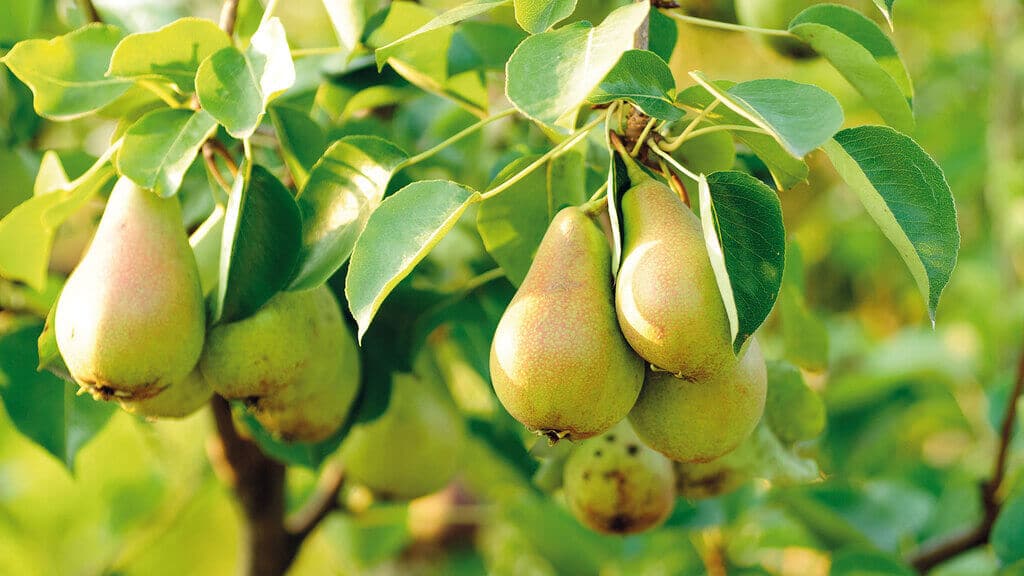
Pear trees are the ultimate in “easy-to-grow” fruit trees. Sand pears, in particular, are the easiest fruit tree to grow at home. You may have passed by an old sand pear tree still growing fruit even though no one is taking care of them anymore. The pears you’ll find in the grocery store come from Europe and you can grow these pears at home too.
Outside of being susceptible to fire blight, which causes stem tips to blacken and die, pear trees are relatively disease-free. Pear trees also don’t require spraying programs like other fruit trees. Pear trees don’t take well to transplanting, so ensure that you carefully select somewhere you can grow them in the long-term.
In particular, “Kieffer” pear trees are resilient to fire blight. These trees are suitable for growing anywhere in the United States. These pear trees, much like other pear trees, are self-fertile. Even so, you’ll get better quality pears and better production through cross-pollination.
The perennial “Hood” pears are excellent choices for the South. Asian pears are just as good for the North. These pears bear fruit at an early age and are relatively resistant to disease.
Apple Trees

Apple trees are slightly more challenging to grow than pears. Which apple trees are right for you depends on where you live. Those in the south should consider Dorset Golden and Ein Shemer apples. Those in the north should consider Granny Smith apples. Golden Delicious apples are also a great choice for anyone looking for self-fertile trees.
One thing to note about apple trees is that they go through dormant seasons. Please be aware of your local hardiness zone and chill hours to ensure you take good care of your apple trees.
Citrus Trees
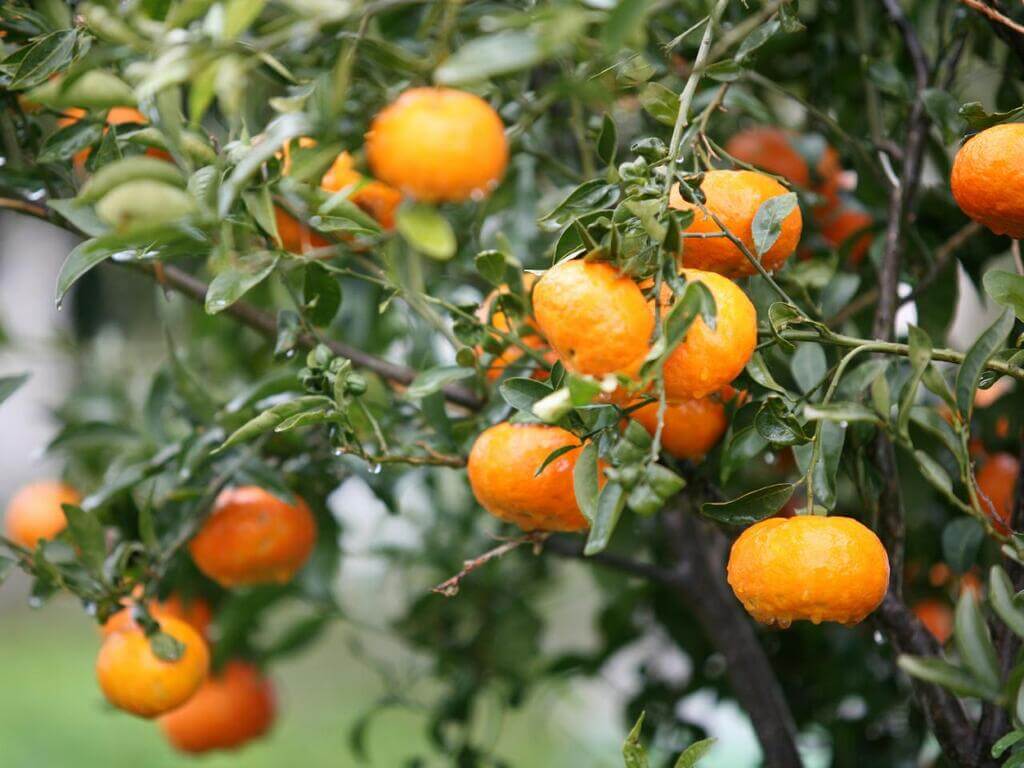
Citrus trees are great for those in hardiness zones between 8 and 11. Trees such as lemon trees, lime trees, grapefruit trees, orange trees, and mandarin trees are great for growing at home. One downside of growing citrus trees is that agricultural laws can prevent you from getting them – and selling them – from out of state.
The good news is that citrus trees are relatively disease-free, drought-tolerant, and resistant to cold and hot temperatures. They are also self-pollinating, making them easier to grow.
Nagami Kumquats
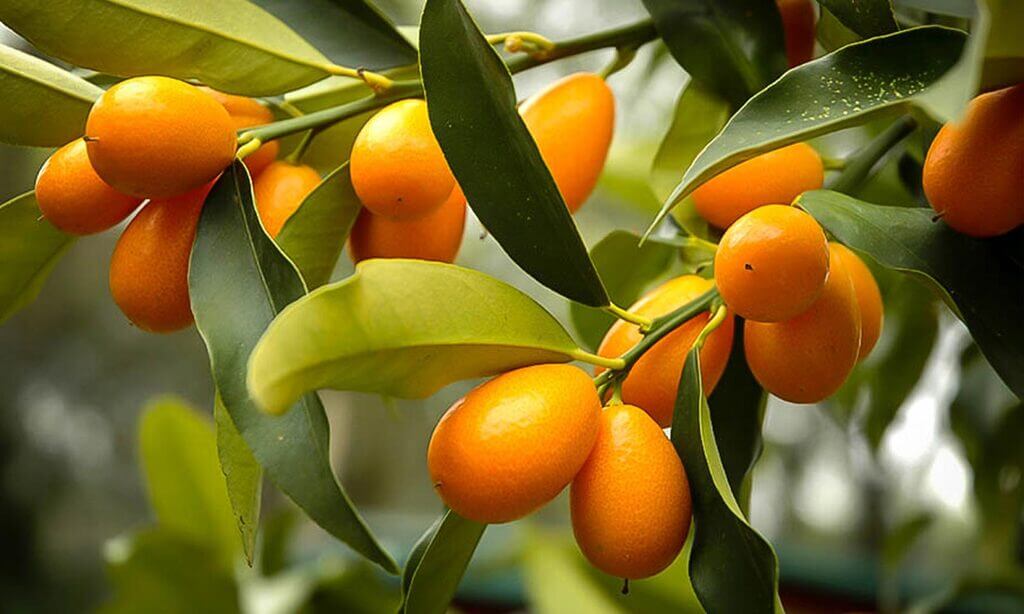
If you don’t feel up to regular pruning your plants, then there are lots of small choices available, including the “Nagami” kumquat plant. These fruit trees produce sweet-tart fruits that taste best when fresh and whole as possible. You don’t even have to peel them.
When grown outdoors with room to grow, kumquats can reach p to 12 feet high when fully mature. You can also grow your kumquat tree in a container. In containers, these trees grow up to six feet tall. Growing kumquats in containers also help protect the fruits against the cold.
Even though the trees tolerate temperatures as low as 24 degrees, it’s best to cover them or bring them indoors in cold weather. Feed your nagami tree every six weeks or so during the growing season.
Compact Cherries
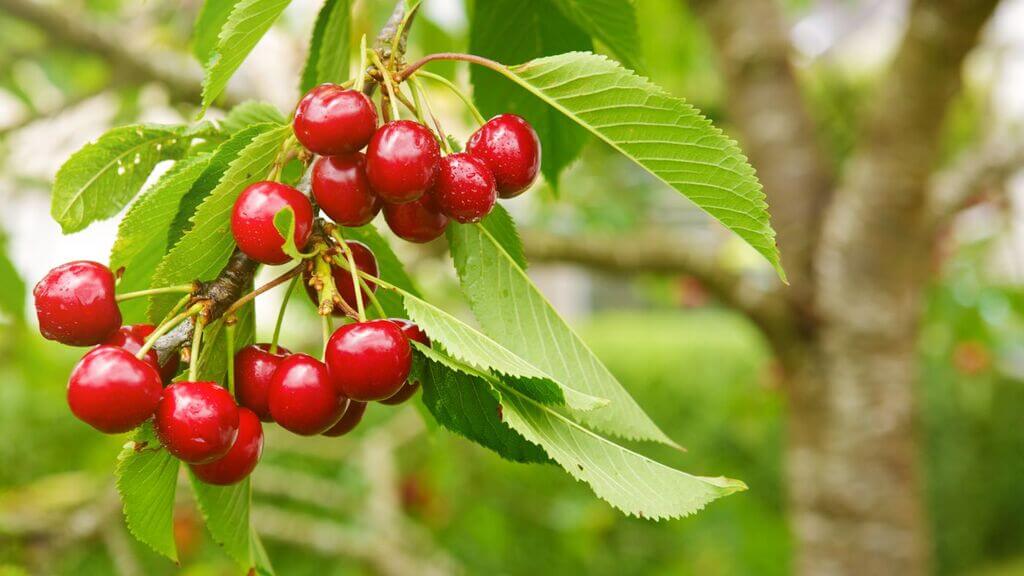
The “compact Stella cherry” tree is another good choice for growing in the garden. These trees grow up to 12 feet tall if left to their own devices. These self-fruiting trees can be pruned down to eight feet tall for effortless care.
The compact cherry tree bears fruit relatively quickly, blooming within one to two years of planting. These cherries like to grow in sunlight with irrigation and draining soil. Be sure to prune your cherries appropriately to keep the tree as “compact” as it should be. The trees flower in spring followed by fruit in the early summer.
Miniature Peach Tree
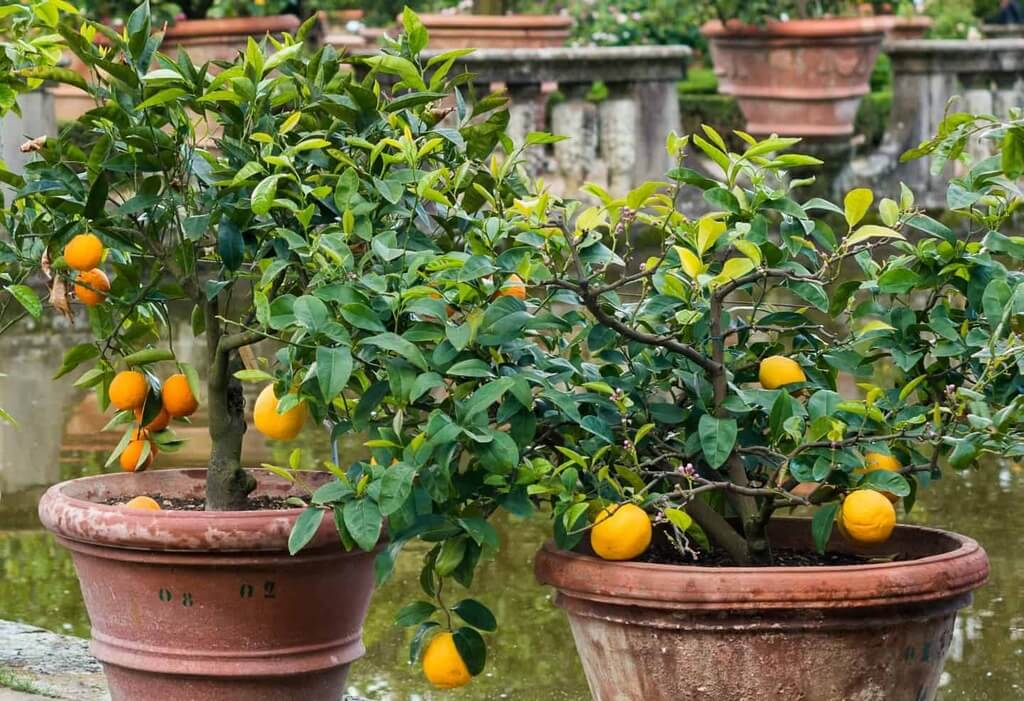
Miniature peach trees are an excellent choice for growing fruit at home in a container. Your peach tree manages to produce delicious and full peaches despite growing just six feet tall without any pruning needed.
These miniature peaches, better known as “Honey Babe” peaches, are also highly ornamental and improve the aesthetic feel of any garden. The tree blooms in springtime and produces fruit over the summer. The fresh peaches produced by this tree are excellent for baking, cooking, tinning, and eating as they are.
Peach trees produce fruit within two years of planting. They do well when kept in the sun in drained soil with regular watering. We recommend pruning your peach tree in the winter to remove broken, diseased, and dead branches.
Final Thoughts
Growing fruit trees doesn’t have to be a challenge. Several fruit trees grow well in non-ideal conditions. Some fruit trees, such as Meyer lemon trees, are even made for growing indoors. Don’t think that having a small yard or not having a green thumb means you can’t enjoy a range of delicious homegrown fruit!
Continue reading:

